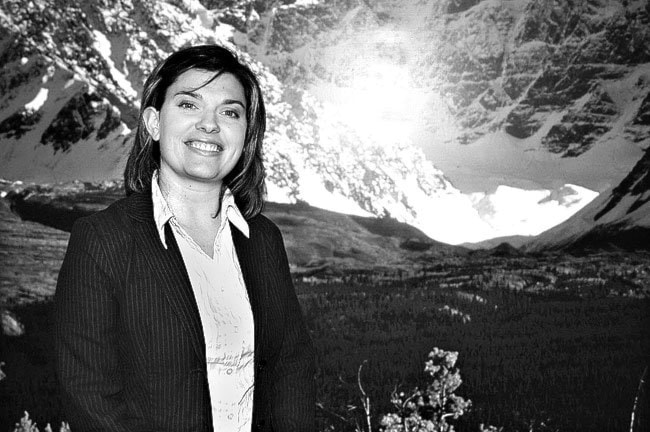Newspapers chronicle boxer Frank Slavin’s storied career over more than a decade of fighting the top pugilists from Australia to San Francisco.
Slavin’s Klondike connection began in 1896, when he met Joe Boyle, and the pair became fast friends. Boyle became Slavin’s promoter and the pair travelled throughout North America staging bouts.
And when they heard news of the rush to the Klondike, they headed north.
“When we arrived in Alaska my partner and I staked a claim on the Forty Mile River and I started to Skagway - 600 miles over the ice behind a dog team - to get a guarantee for the concession,” Slavin told to New Zealand Truth.
In October 1900, the New York Times reported that Slavin was among a group of 100 miners who lost their way while crossing the bridge from Dominion Creek and lived on nothing but berries for two weeks.
While Boyle built a fortune on the Klondike creeks, Slavin sought to regain his fame in the ring.
In September 1901, he boxed Frank “The Young Hercules” Kennedy at the New Savoy Theatre in Dawson City.
Billed as the “Sydney Cornstalk,” Slavin’s money was guaranteed by Boyle himself and Slavin was trash talking before the match, proclaiming that he would “smash his face.”
And that proclamation turned out to be correct when Slavin took Kennedy down.
But just six months later, Slavin’s fortunes turned when he fought Nick Burley at the Orpheum Theatre for the Yukon championship and Burley knocked him out in the ninth round.
“Frank Slavin met his Waterloo last evening. Nick Burley made the old warhorse look like counterfeit money, winning the battle in the ninth round.”
Although Slavin was born in Australia, he felt the call to serve his adopted country when the First World War broke out.
“With all his faults, and he had many of them, he was some man,” A. Baird wrote in December 1954.
“When the First World War came along he was one of the first to offer his services. He was turned down by the board of examiners because of his advanced age. He wrote of his keen disappointment and said it was Hell to be a has-been.”
But in 1915, Slavin enlisted in the Western Scottish battalion for service in Europe.
“Private Slavin is one of the best known of the oldtime prizefighters,” reported the Grey River Argus in October 1915.
“He is one of the great fighters who marked the transition from the old bareknuckle style to the modern system of glove fighting.”
At age 54, Slavin worked as a recruiting officer, securing 800 men for his battalion, according to the Pittsburgh Press of 1917.
Slavin was then stationed in England with the battalion, and a few months later suffered a mental breakdown while under fire in Europe.
“On December 29, I broke down after seven weeks under the worst kind of fire in a dug out. With the huns shelling us day and night it got a bit on my nerves, but I am now getting all right again,” he told the Sunday Morning Star in March 1917.
“I am only a shadow of myself of yore. Fifty-seven days of shell fire to my right, to my left, behind and ahead, is a bit too strong for a man of even my strength, but I hope I get back in time to drive the last nail in the Kaiser’s kultur, which will not now be long.”
There is little written on Slavin’s life between the war’s end and his death in the late 1920s.
“Slavin, like most of his pugilist contemporaries, took naturally to fighting,” the Miami News wrote in Slavin’s obituary in 1929.
“In his day there were no boxing gloves, million-dollar gates, side-stepping champions, synthetic or scientific exponents of what one expert still calls the ‘manly art of murder.’”
This column is provided by the MacBride Museum of Yukon History. Each week it will explore a different morsel of Yukon’s modern history. For more information, or to comment on anything in this column e-mail lchalykoff@macbridemuseum.com.
